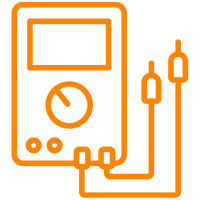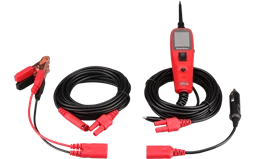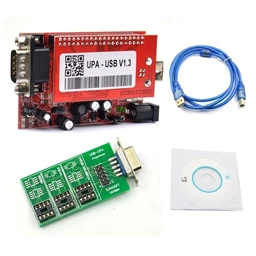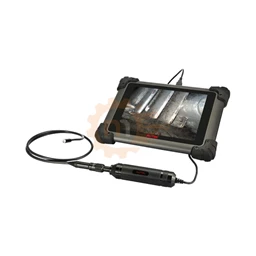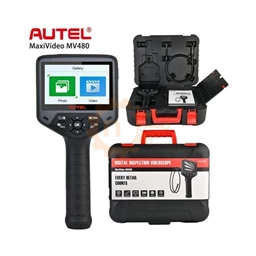HOW DOES THE GAS FROM EXHAUST FLIT?
In internal combustion engines, waste gases are formed in the cylinders after combustion and these gases must be exhausted through the exhaust.
However, these gases contain components harmful to human health and the environment.
If these components are released into the atmosphere without being processed, our world may cease to be a habitable place.
Various systems have been developed by manufacturers in order to protect nature. One of these is the EGR system, which reuses some of the discharged gases.
WHAT IS EGR VALVE? WHAT DOES IT DO?
The EGR valve is found in internal combustion engines, which is present in almost all cars, and manufacturers cannot make engine design without this valve.
It has a great contribution to low emission values, which are becoming more and more important day by day.
EGR stands for ‘Exhaust Gas Recirculation. The equivalent of the expansion of EGR in the Turkish Language Association is "Exhaust Gases Recirculation".
The purpose of the EGR valve is to minimize the amount of unburned fuel in the exhaust gas by mixing 6 and 10 percent of the exhaust gases between the cylinders and returning them back into the cylinders by mixing with the clean air through the intake manifold.
As the exhaust gases in the cylinders are re-included in the combustion process, harmful gases such as Nitric Oxide (NO) and Nitrogen Dioxide (NO2) are re-burned.
Most of these gases released from the cylinder return to the EGR line.
However, the operation of the EGR system reduces the emission value of waste gases a little and is not sufficient alone.
For this reason, just before the exhaust gases are released to the atmosphere, they usually pass through the particle filter in diesel vehicles and through the catalytic converter in gasoline vehicles.
On the other hand, some diesel models have both a catalytic converter and a particle filter.
While the catalytic converter can successfully filter CO2 gases, it cannot adequately filter nitrogen oxide, nitrogen dioxide, unburned hydrocarbons (black smoke) and carcinogenic components, which are produced intensively as a result of diesel combustion.
As a result, since the formation of these substances in diesel engines is much higher, these vehicles have diesel particulate filters.
However, as a result of technological developments, many large manufacturers have developed diesel particulate filters that can also filter CO2 in diesel engines that do not require a catalytic converter.
WHAT IS DPF?
Although the diesel particulate filter has a similar purpose to the catalytic converter, it is a much newer and technological filter. In this article, we will explain all the details of DPF.
DPF is a honeycomb-shaped part located before the exhaust outlet that prevents the particles in the exhaust gas from entering the nature.
This filter, which resembles a honeycomb in structure, holds and traps solid particles harmful to the environment in the exhaust.
However, the level of these particles held in the filter increases over time and may lead to causes such as clogging.
Pressure sensors measure the level of soot residue in the diesel particle filter and when the critical soot level is detected in the filter and the appropriate conditions are met, the regeneration process is started. 3. After DPF regeneration, the DPF is no longer usable.
Nowadays, the emission rules are strictly strict in Europe, primarily all over the world, and the vehicles that come out on the production line come out with DPF installed.

Generally, the DPF gets clogged for the following reasons:
Low quality fuel
Long-term driving in low speed and stop-and-go traffic,
Excessive use of vehicles in the city;
Running the vehicle at idle for a long time,
Use of wrong specification oil.
WHAT ARE THE REMEDIES OF A DPF FAILURE?
- If the DPF is clogged for the first time, it can be cleaned by DPF regeneration and used for a while. (This process can be done 3 times in total, it will not work after the 3rd regeneration)
- DPF can be replaced with a new one (the cost of this process is quite high)
- DPF system can be turned off (After this process, your vehicle will continue to operate as if it was a vehicle without DPF)
- Your DPF can be washed and cleaned with a DPF washing machine (A special liquid is used for this process and the DPF is cleaned with pressurized water and it is ready to be used like the first day)
HOW TO CLEAN DPF?
Diesel particle filters with clogged or increased ash content are cleaned with the DPF cleaning device, which is produced with advanced technology, without the need to change them and turned into the first day.
The cleaning process is done completely automatically by the device. In turn, the cleaning fluid is injected first.
Then the zeroing process is done for the measurement and the dpf status slip is printed to you.
The residues formed by waiting for resolution are thrown out of the filter.
After that, the cleaning is completed with the drying process. The report is printed by measuring the cleared area.
In order to protect the environment, the sediment accumulated in the waste tank during the cleaning process is filtered through a filter. In this way, dirty wastes are not given to the nature, and the cleaning liquid used is produced with Nano Technology and allows the particles that cause clogging by penetrating into the channels below 1mm of the particle filter to dissolve at a rate close to 100%.
The Particle Filter, which is disassembled from the vehicle and installed on the machine without breaking the original system, does not make any welding-like process, and the cleaning fluid does not have any harmful effects on the Particle Filter in the future.
WHERE CAN I HAVE A DPF CLEANING PROCESS?
We provide DPF cleaning service in ADANA Nitro Garage. Please contact us for detailed information about DPF cleaning.
For detailed information, please call us;

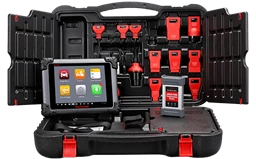
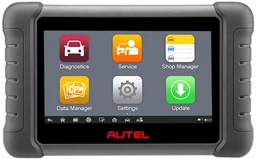
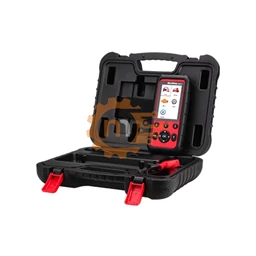




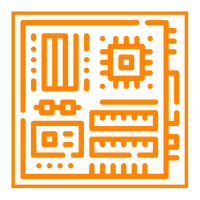

.webp?size=256)




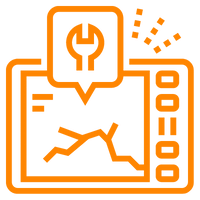

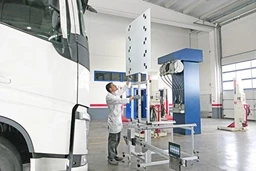
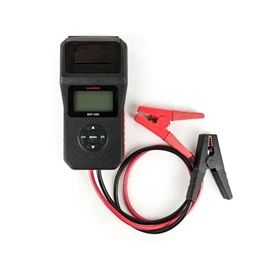
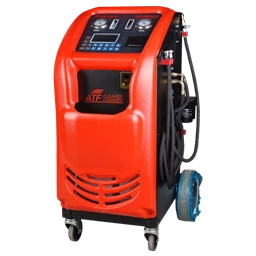
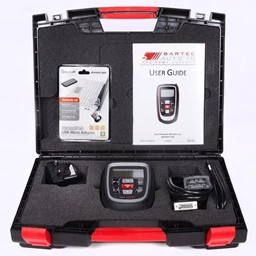
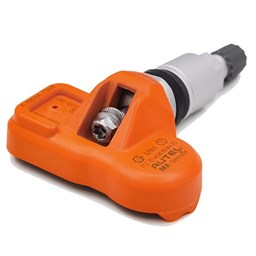
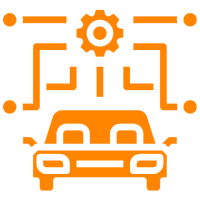

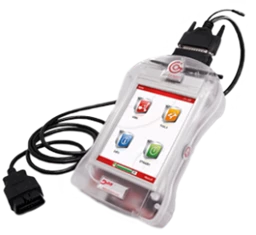
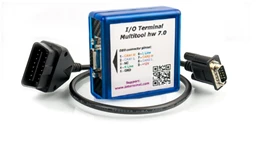
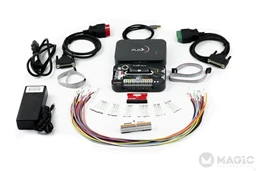
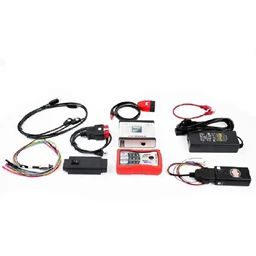
 Cihazı.webp?size=256)
